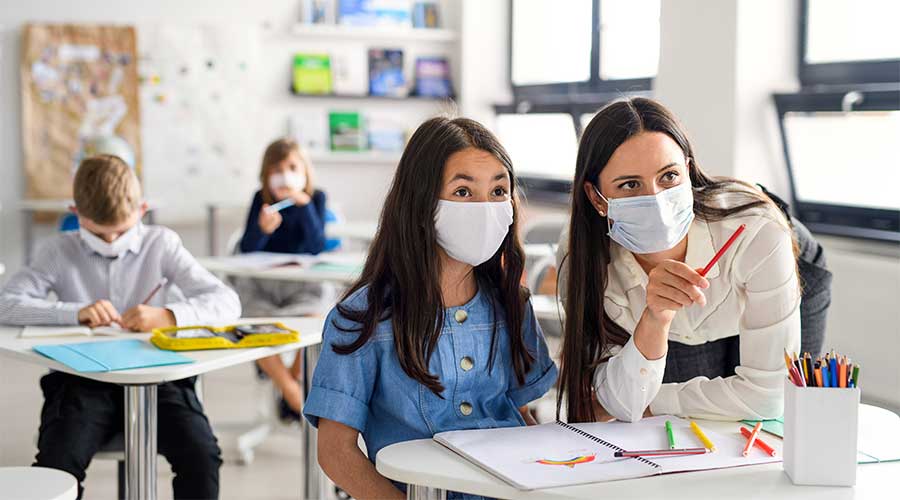Does putting up a green screen along the perimeter fence of a school, installing air purifiers in classrooms, and organizing school street initiatives during pick-up and drop-off hours lead to improved air quality for classrooms and playgrounds?
Researchers from Surrey's Global Centre for Clean Air Research (GCARE) worked with a select number of London schools investigated and found promising results. They found that air purifiers in classrooms reduced indoor pollution concentrations by up to 57 percent, and the School Streets initiative, which stops motor vehicles driving past schools at the start and end of school days, reduced particle concentrations by up to 36 percent. Green screens at the school boundary reduced some of the most dangerous outdoor particle levels coming from roads by up to 44 percent, depending on wind conditions.
"Everybody, especially our children, deserves to live and work where the air is as clean and safe as possible,” says Prashant Kumar, founding director of GCARE at the University of Surrey. “Unfortunately, the reality is far from ideal, with many of our schools unwittingly exposing children to harmful pollutants. The problem is particularly bad at schools near busy roads. Our research offers hope to many who care about this issue, as the results show that taking reasonable action can make a positive difference."
An estimated 10 million students worldwide spend 30 percent of their daily lives at school, with 70 percent of this time spent indoors. Currently, 7,000 United Kingdom schools breach the World Health Organization's air quality limits, leaving children vulnerable to respiratory diseases, affected lung and brain health, behavioral problems and increased risk of cancer.

 UF Health Hospitals Rely on Green Globes to Realize Their Full Potential
UF Health Hospitals Rely on Green Globes to Realize Their Full Potential How Healthcare Facilities Can Be Truly Disaster-Resilient
How Healthcare Facilities Can Be Truly Disaster-Resilient TriasMD Breaks Ground on DISC Surgery Center for San Fernando Valley
TriasMD Breaks Ground on DISC Surgery Center for San Fernando Valley Bigfork Valley Hospital Falls Victim to Data Breach
Bigfork Valley Hospital Falls Victim to Data Breach AI-Driven Facilities: Strategic Planning and Cost Management
AI-Driven Facilities: Strategic Planning and Cost Management